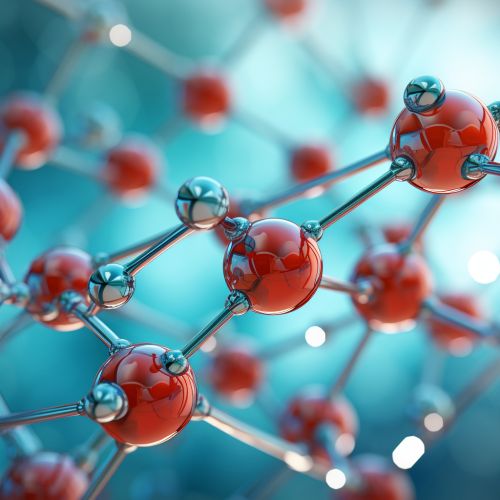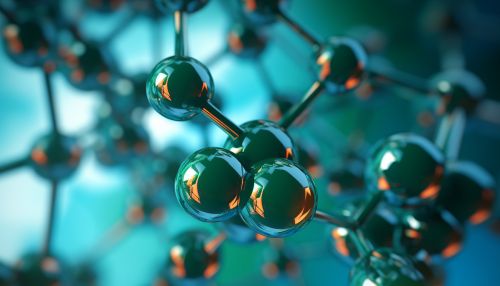Enzymes
Introduction
Enzymes are proteins that act as biological catalysts, accelerating chemical reactions in living organisms. They are essential for life, as they facilitate vital processes such as digestion, metabolism, and DNA synthesis. Enzymes are highly specific, meaning they only catalyze certain reactions, and this specificity is determined by their unique three-dimensional structure.


Structure
Enzymes are composed of one or more polypeptide chains, which are sequences of amino acids linked by peptide bonds. The sequence of amino acids in a polypeptide chain is determined by the genetic code of the organism. The polypeptide chain folds into a specific three-dimensional shape, forming the active site of the enzyme where the substrate binds.
Active Site
The active site of an enzyme is a region where the substrate binds and the chemical reaction occurs. It is usually a small part of the enzyme and is formed by a few amino acids. The active site has a unique shape and chemical properties that allow it to bind specifically to the substrate.
Cofactors and Coenzymes
Some enzymes require additional components, known as cofactors or coenzymes, to function properly. Cofactors are usually inorganic ions such as zinc or iron, while coenzymes are organic molecules, often derived from vitamins.
Function
Enzymes catalyze chemical reactions by lowering the activation energy, which is the energy required to initiate a chemical reaction. They do this by binding to the substrate and stabilizing the transition state, a high-energy state that the reactants must pass through to become products.
Enzyme-Substrate Complex
When an enzyme binds to its substrate, it forms an enzyme-substrate complex. This complex is stabilized by various interactions, including hydrogen bonds and van der Waals forces. The formation of the enzyme-substrate complex brings the reactants close together and in the correct orientation for the reaction to occur.
Enzyme Kinetics
Enzyme kinetics is the study of the rates of enzyme-catalyzed reactions. The rate of an enzyme-catalyzed reaction depends on several factors, including the concentration of the enzyme and substrate, the temperature, and the pH.
Regulation
Enzymes are regulated in several ways to ensure that they function properly and at the right time. This regulation can be achieved through allosteric regulation, covalent modification, or by the synthesis and degradation of the enzyme.
Allosteric Regulation
Allosteric regulation involves the binding of a molecule to an enzyme at a site other than the active site. This binding can either activate or inhibit the enzyme, depending on the molecule and the enzyme.
Covalent Modification
Enzymes can also be regulated by covalent modification, which involves the addition or removal of a chemical group, such as a phosphate or a methyl group. This can change the activity of the enzyme.
Synthesis and Degradation
The synthesis and degradation of enzymes are also important mechanisms of regulation. The amount of an enzyme in a cell can be increased by synthesizing more of the enzyme or decreased by degrading the enzyme.
Clinical Significance
Enzymes have significant clinical relevance, as they are involved in many diseases and are often targets for drugs. For example, many antibiotics work by inhibiting bacterial enzymes, and cancer drugs often target enzymes involved in cell growth and division.
